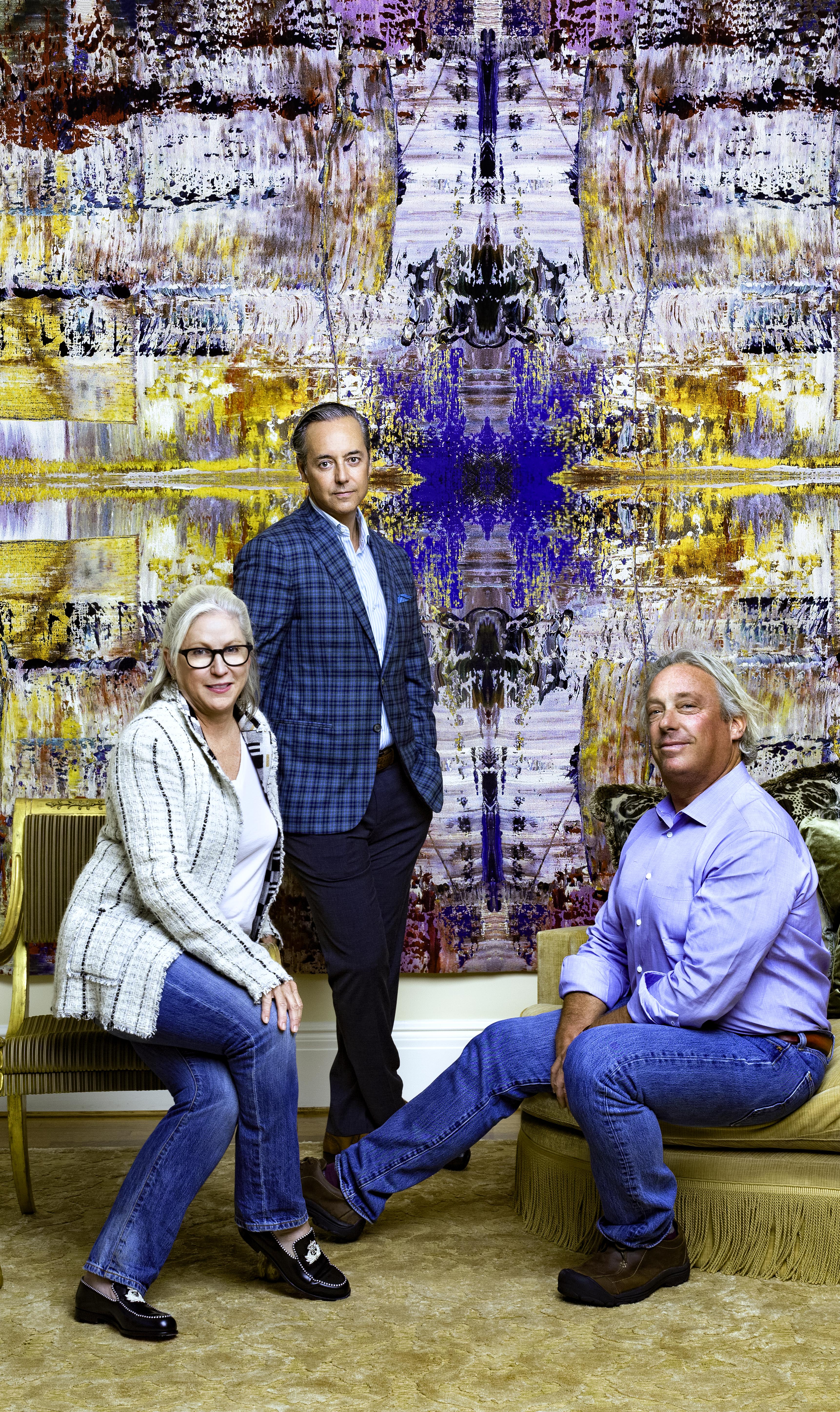
Anthony Meier is celebrating the 20th anniversary of his eponymous San Francisco art gallery this fall. In the lead-up, he has renovated his business’ back rooms, which double as his living room and dining room. He has always sold art out of his home, which for the past decade has been a mock-medieval townhouse designed in 1915 by Willis Polk.
The project presented unique challenges for Douglas Durkin, an award-winning interior designer who has worked for many of America’s most important art collectors, but never an art dealer. “They are both men with strong ideas who are extremely visual, so of course they butted heads a couple of times,” says Celeste Meier of her husband and her interior designer.
In the early 1980s, Meier began purchasing and selling art while studying art history at Harvard. When he was not in Boston, he was interning at Christie’s or running around the East Village, then the hub of the hip, young art scene. Meier started out as a secondary dealer, becoming known for his expert understanding of the resale markets of artists such as Gerhard Richter, Sigmar Polke, Agnes Martin and Donald Judd. More recently, Meier has moved into the primary art market, making exhibitions of work fresh out of the studio by artists whom he represents, including Janine Antoni, Teresita Fernández, Jim Hodges and Gary Simmons. At art fairs, his booths tend to mix postwar masters with emerging work. “It’s a true test of a young artist—and their ability to hold the wall—if their work sits next to that of an esteemed established artist,” explains Meier. Whether he is dealing directly with an artist or simply selling the work, Meier seeks out art that he thinks has substance. He asks himself the question: “Is there enough meat on the bone to take you to the next meal?”
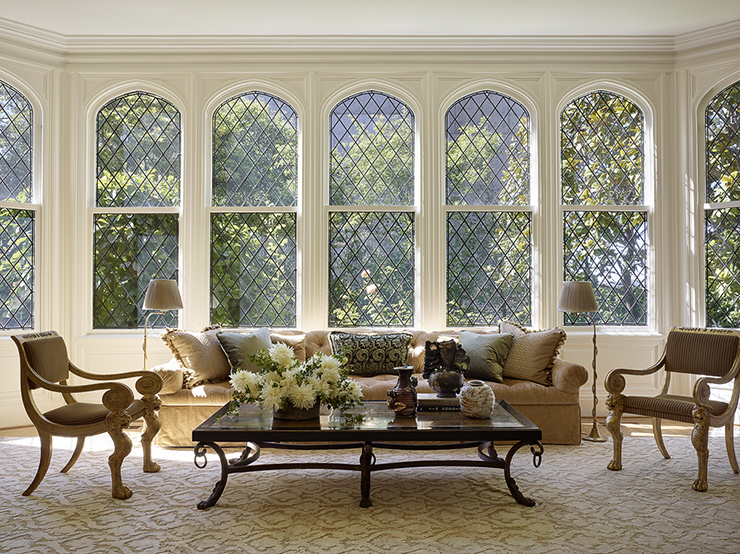
Despite living in San Francisco and sharing several clients, Meier only met Durkin in 2006 when the designer wandered into his booth at the TEFAF art fair in Maastricht. They bumped into each other at art events back in San Francisco, and became friends when Meier took Durkin on a trip to Marfa, to see the Donald Judd-founded Chinati Foundation, whose board of trustees includes Meier. “Douglas and Tony both like people a lot. They know their businesses well and are good at building loyalty,” says Mary Zlot, an art consultant who is a client of both.
Durkin studied hospitality management at Cornell University, then worked for a series of other interior decorators before starting his own firm in 2002. Today, he has a staff of more than 20 specialists who deal with renovations, conceive and fabricate furniture and carpets, and trace rare furniture. He sits on the Art & Design Accessions committee at the San Francisco Museum of Modern Art and is a co-founder of the FOG Design + Art fair. Although his interiors have been featured in many shelter magazines, Durkin declares that much of his best work has not been published because the privacy of his clients takes precedence. On occasion, a client will request that Durkin work around a large-scale Jeff Koons, or ask: “Do you think this piece will work in this room?” Whatever the case, says Durkin, “We have to be very sensitive to people’s relationship to art, the nature of their collection and the frequency with which they rehang.”
One of Durkin’s fortes is layout. “I’m pretty good with visuals, but I could not figure out how to utilize that space,” says Meier of his 600-square-foot living room, which has a glorious multi-pane window overlooking the garden on one side and gallery inventory on the other three walls. “I want to help people express their own taste and sense of place,” explains Durkin. “Celeste was keen to have it work as a living room while Tony was more focused on its function as a gallery. They shared goals, but they were weighted differently.”
From his experience with collectors, Durkin knew to preserve the perimeter of the room for art and “not engage the wall with the furniture.” He designed an extra-long rectilinear couch to complement the scale of the window and afford the sitter a good view of the artworks, and a semi-circular couch with a tufted ottoman, which offers satellite seating and “activates the entire room,” as Meier puts it. The new furniture was accented by a set of four giltwood Jacob chairs with lion-paw feet from Carlton Hobbs, which integrated the ensemble into Meier’s collection of predominantly German 19th-century antiques. The dining room, for example, revolves around a stellar Biedermeier table, cabinet and 15 chairs.
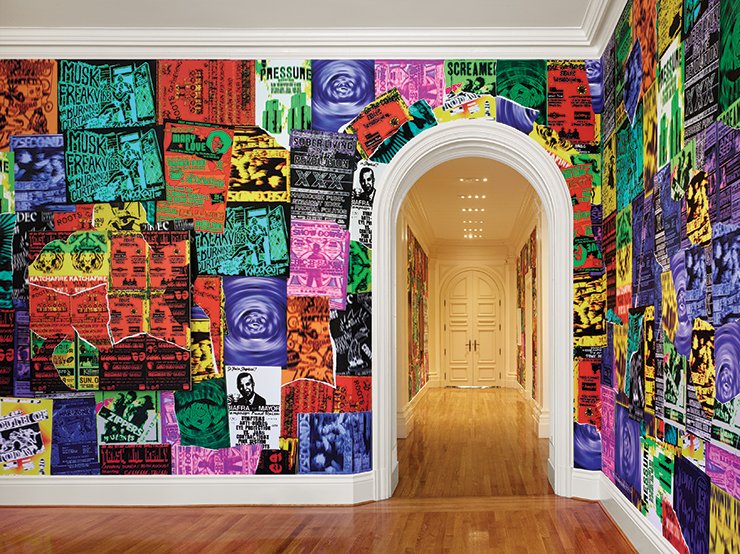
“One thing I’ve learned over the years, having different kinds of artwork on the wall, is that color is a fantastic tool,” says Meier. He chose buttery yellow for the living room walls, while his wife chose Pompeian red for the dining room—insisting on luxurious textures, patterned velvets and brocades. “We had to be careful to make the room more monochromatic so that the textures could exist without too many bells and whistles,” explains Durkin.
While Meier and Durkin share a love of quality and craftsmanship, they have very different temperaments when it comes to time. “Tony is an efficient straight shooter. He doesn’t mince words and he likes to keep it moving,” says Howard Rachofsky, a collector from Dallas with whom Meier has worked on major deals. Durkin, by contrast, likes to savor his projects; he tends to “partner” with his clients and “go on a complex journey” to arrive at thoughtful solutions. “If you want depth, you have to be willing to go through the process, the time,” explains the designer. With more time on her hands, Celeste committed to the full expedition while Tony joined for the most important legs of the journey.
The Meiers are cheered by the end result, particularly the way the redesign balances formality with comfort. Gallery clientele appear to agree. “It’s a joy to be in Tony’s space—the big volumes, high ceilings, wonderful light,” says Rachofsky. “It’s not a classic white box, but it isn’t baroque either. The contemporary artworks resonate in interesting ways with the refined historical setting.”

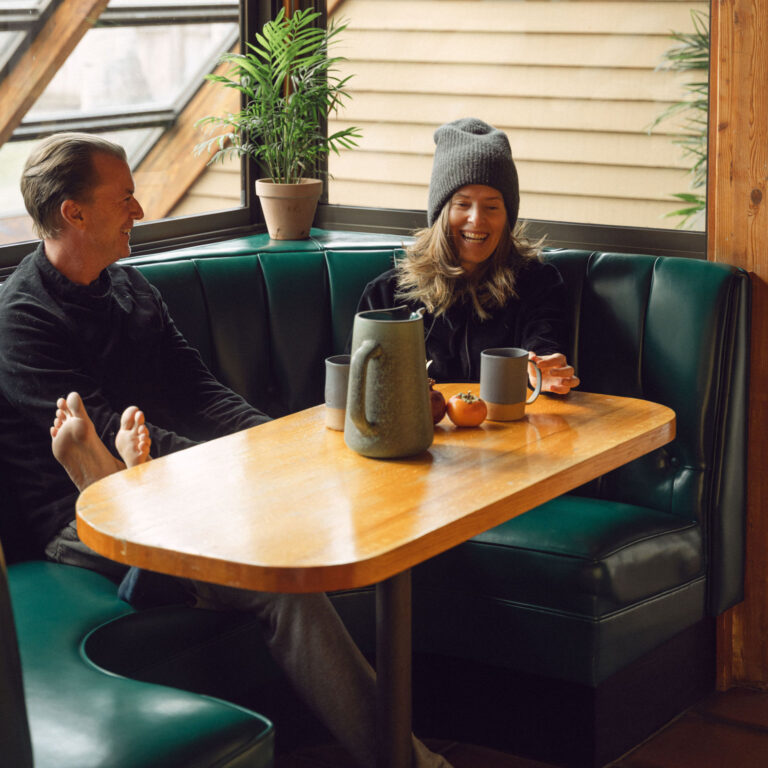


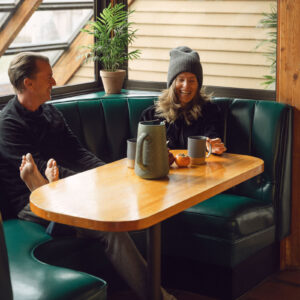





 in your life?
in your life?

